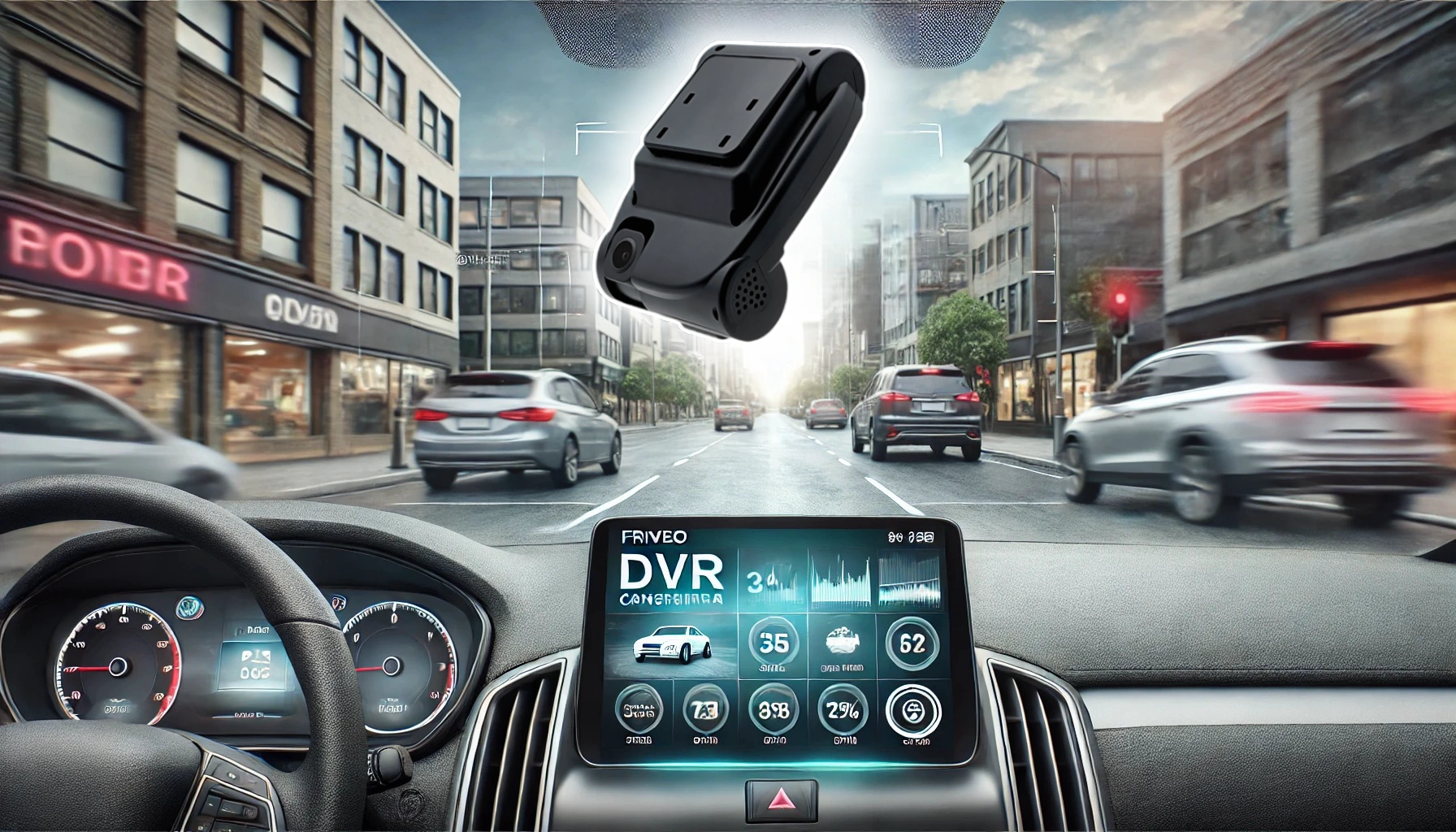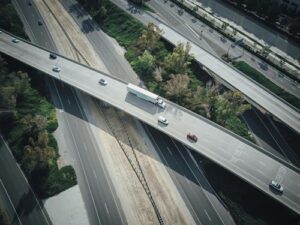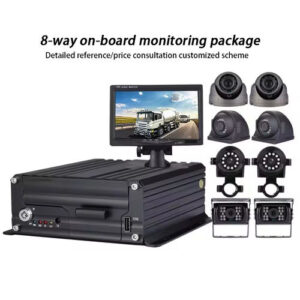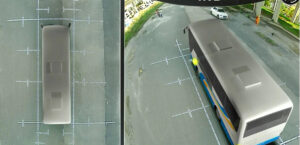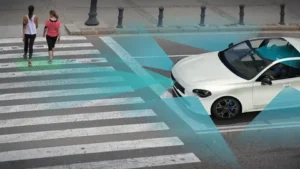Driver cameras have become an essential tool in modern vehicles, offering real-time monitoring, advanced analytics, and evidence collection. These cameras ensure safety, improve driver accountability, and assist fleet managers in optimizing operations. In this article, we explore the features, benefits, applications, and future trends of driver cameras, showcasing their pivotal role in automotive safety and management.
What are Driver Cameras?
Driver cameras are advanced video recording devices installed in vehicles to monitor driver behavior, vehicle surroundings, and road conditions. These cameras often integrate with GPS, AI analytics, and cloud storage to provide comprehensive insights for enhancing safety, preventing accidents, and improving operational efficiency. According to NHTSA, driver cameras are increasingly adopted in both personal and commercial vehicles as part of advanced driver-assistance systems (ADAS).
Key Features of Driver Cameras
Driver cameras come equipped with state-of-the-art features to ensure accurate monitoring and effective management:
- High-Definition Video: Captures clear visuals of the road, driver, and interior for detailed monitoring.
- Dual-Facing Lenses: Simultaneously records the driver’s actions and the vehicle’s surroundings.
- AI-Powered Analytics: Detects behaviors like drowsiness, distraction, or phone usage in real-time.
- GPS Integration: Tracks location, speed, and route history to provide context to recorded footage.
- G-Sensor Activation: Automatically saves footage during sudden impacts or harsh braking.
- Cloud Storage: Offers secure, remote access to video recordings and analytics.
- Event-Based Recording: Captures incidents like collisions, abrupt stops, or unauthorized vehicle use.
- Two-Way Communication: Enables real-time interaction between drivers and fleet managers.
- Night Vision: Infrared LEDs ensure clear video capture in low-light or nighttime conditions.
- Driver Alerts: Provide audio or visual alerts for risky behaviors or potential hazards.
How Driver Cameras Work
Driver cameras operate as part of an integrated system combining video recording, sensors, and connectivity to deliver real-time insights:
- Video Capture: Cameras record high-definition video of the road and driver behavior simultaneously.
- Data Processing: AI algorithms analyze the footage to identify unsafe behaviors or critical incidents.
- Event Detection: Sensors detect events like harsh braking, sudden acceleration, or collisions, triggering automatic recording.
- Cloud Integration: Recorded data is uploaded to a secure cloud platform for remote access and storage.
- Real-Time Alerts: Notifications are sent to fleet managers or drivers for immediate action or review.
Benefits of Driver Cameras
1. Enhanced Driver Safety
By monitoring behaviors such as drowsiness or distraction, driver cameras help prevent accidents and ensure safer driving practices.
2. Improved Fleet Management
Using real-time data from cameras, fleet operators can monitor driver performance, optimize routes, and ensure compliance with safety standards.
3. Evidence Collection
Recorded footage serves as reliable evidence in case of accidents, insurance claims, or legal disputes, reducing liability risks.
4. Reduced Operational Costs
By promoting safer driving and reducing accidents, driver cameras help lower repair costs, insurance premiums, and fuel consumption.
5. Enhanced Accountability
Real-time monitoring ensures drivers remain accountable, reducing instances of reckless or unauthorized behavior.
6. Nighttime Security
With night vision capabilities, driver cameras ensure effective monitoring even in low-light or nighttime conditions.
Applications of Driver Cameras
Driver cameras are utilized in various sectors to enhance safety, efficiency, and accountability:
1. Personal Vehicles
Individual drivers use these cameras for improved safety, evidence collection, and enhanced driving habits.
2. Commercial Fleets
Fleet operators rely on driver cameras to monitor driver behavior, optimize routes, and prevent accidents in logistics and transportation.
3. Public Transport
Driver cameras are used in buses, taxis, and ride-sharing vehicles to enhance passenger safety and monitor driver performance.
4. Emergency Services
Ambulances, fire trucks, and police vehicles utilize driver cameras for evidence collection and operational review.
5. Heavy Equipment and Construction
Cameras installed in heavy machinery monitor operators for compliance with safety protocols and prevent workplace accidents.
Future Trends in Driver Cameras
The evolution of driver cameras is shaped by advancements in technology and the increasing demand for intelligent safety solutions:
1. AI and Machine Learning
Future driver cameras will leverage AI to predict and prevent accidents, offering proactive safety measures.
2. 5G Connectivity
The adoption of 5G networks will enable faster data transmission, supporting real-time monitoring and analytics.
3. Advanced Video Quality
Cameras will feature ultra-high-definition (4K or higher) resolution for clearer and more detailed recordings.
4. Integration with Autonomous Vehicles
Driver cameras will play a crucial role in autonomous systems, monitoring surroundings and contributing to decision-making processes.
5. Eco-Friendly Designs
Energy-efficient and solar-powered cameras will support sustainable vehicle operations.
Challenges and Solutions
Despite their benefits, driver cameras face certain challenges:
1. Privacy Concerns
Addressing privacy concerns requires strict data protection measures, including encryption and compliance with regulations.
2. High Initial Costs
Advanced camera systems can be costly, but their long-term benefits in safety and efficiency often justify the investment.
3. Maintenance Requirements
Regular cleaning and maintenance are essential to ensure optimal performance, especially in challenging environments.
Conclusion
Driver cameras are transforming vehicle safety and fleet management by providing real-time insights, enhancing accountability, and preventing accidents. From personal vehicles to large-scale commercial fleets, these cameras offer a wide range of benefits, including improved safety, reduced costs, and better operational efficiency. As technology continues to advance, driver cameras will play an even more integral role in shaping the future of intelligent transportation systems. Explore the latest driver cameras to unlock their full potential for your safety and management needs.

